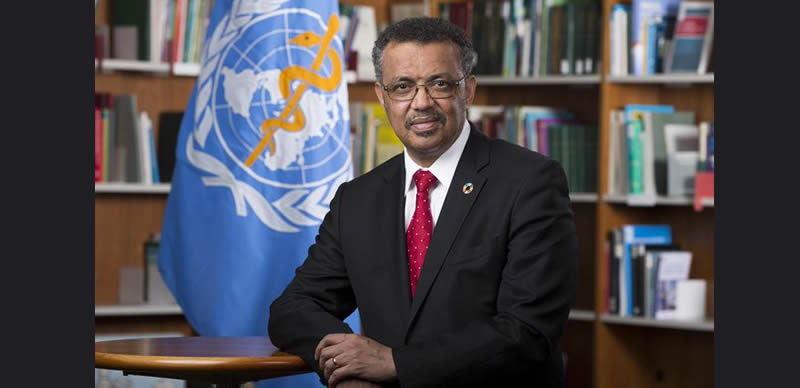Schools should only close as a last resort while research is under way into whether the new coronavirus variants affect children differently, the World Health Organisation said Wednesday.
The debate on shutting schools during the Covid- 19 pandemic has been revived by the emergence of more contagious virus mutations.
The WHO said research had begun looking at the factors that may put children at risk , the long – term health effects on those infected , and the impact of new variants of SARS -CoV – 2, the virus that causes Covid- 19 disease .
“ The arrival in late 2020 of new more transmissible variants of SARS -CoV – 2 requires additional analysis by sex and age to measure how and if the new variants impact children differently , ” it said .
“ If it is found that children are more affected, public health social measures may need to be adapted. ”
Here is a summary of the WHO’ s special focus on Covid-19’ s impact on children and schools, issued Wednesday:
– WHO’ s conclusions –
– “ School
closure should be implemented as a last resort, be temporary and only at a local level in areas with intense transmission. ”
– Authorities should check for new guidance , “ particularly with respect to the appearance of new and possibly more transmissible variants
– In low- transmission areas , schools are unlikely to drive infection ; in areas with widespread transmission , protective measures in schools are essential .
– Schools need outbreak prevention and management plans, including on ventilation , hand and surface cleaning , communication with parents , mask use and physical distancing.
– Children aged 12 and older “ should wear a mask under the same conditions as adults” . Physical distancing can be achieved by limiting class sizes, alternating shifts and limiting mixing of classes .
– Stronger prevention measures might be necessary in secondary schools, and adolescents should limit their exposure risk outside school .
– Teachers “ are more likely to be infected ” outside schools than inside .
– During school closures , remote learning should be set up, regular schools services such as meals and immunisation should be maintained , while mental health support should be enhanced.
– Data and 2020 findings –
– Under-18s represent 29 per cent of the global population but only eight per cent of reported cases last year .
– They are more likely to have mild or asymptomatic infection and under- 20s accounted for only 0. 2 per cent of Covid- 19 deaths.
– Studies suggest that among children, under- 10s are less susceptible and less infectious . Adolescents aged 16- 18 transmit the virus as often as adults.
– “ The longer vulnerable children are out of school , the less likely they are to return , ” said the WHO.
– School closures have a negative impact on children besides their education , including their physical and mental health.





